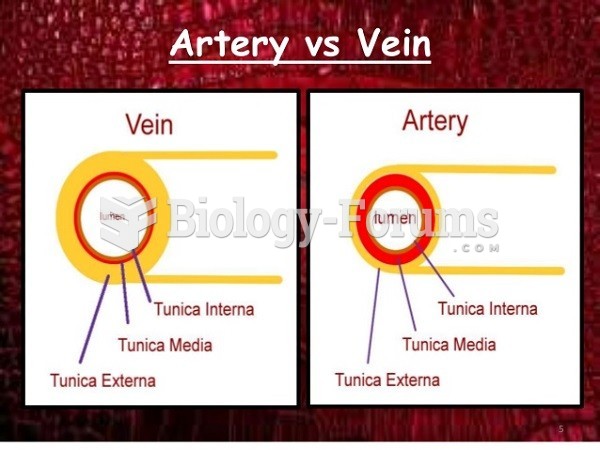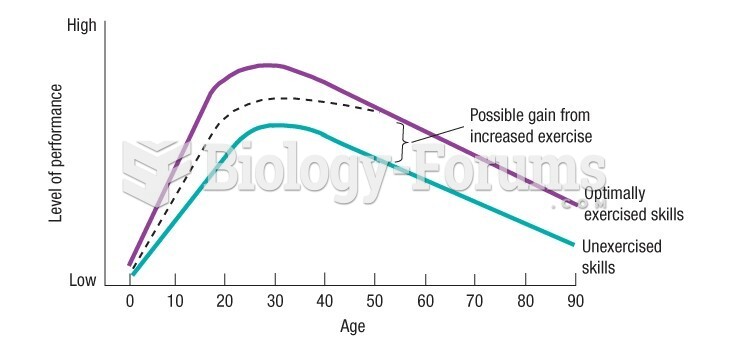Answer to Question 1
There are several stereotypes noted by the textbook, and teachers will want to examine particular examples they emphasized in class as part of this answer. The text notes that stereotypes are picked up very early by children, even before they are verbal. There are, however, noted differences between boys and girls, as follows:
(a) Verbal abilities Girls tend to have a larger vocabulary and excel at reading, writing, and spelling. Boys tend to have more language-related problems, such as stuttering.
(b) Mathematics For years boys had an advantage on standardized tests, but these differences have dwindled as society has become more accepting and encouraging of girls in mathematics-related professions. In traditional societies, these advantages remain, but in societies that provide equal access to education and jobs in this area, the differences are minimal.
(c) Spatial ability Males typically outperform females on such tasks, answering more accurately and in less time. These differences appear very early in life.
(d) Social influence Girls comply more with the instructions of adults, and are more easily influenced by group pressure. It is important to note that these differences may reflect societal expectations rather than true characterological differences.
(e) Aggression Boys are more physically aggressive, while girls resort more to relational aggression (trying to hurt others by damaging peer relationships). The excellent answer may use the recent trend in cyberbullying cases as an example of such aggression.
(f) Emotional sensitivity Girls are more emotionally mature, expressing their own emotions and reading those of others with greater skill. Girls also demonstrate more accurate empathy than boys.
Answer to Question 2
Conduct disorder, depression, and separation anxiety are serious childhood conditions
that can impair social and emotional functioning. Children with conduct disorders break
rules and violate the rights of others. These children may also engage in truancy and
cruelty to animals. Conduct disorder shows stability across time. Children with this
disorder are more likely to develop substance abuse problems and to display antisocial
behavior as adults. New cognitivebehavioral techniques are showing some promise in
reducing conduct disorder. Childhood depression affects an estimated 5 to 9 of
children in any given year. Situational stressors, such as family problems, appear to
contribute dramatically to depression in middle childhood. The most common anxiety
disorder of middle childhood is separation anxiety disorder (SAD). The typical
manifestation of this disorder is school phobia. Although some incidents of school
phobia are related to problems at school or difficulty with classmates, more often than
not these incidents have to do with stressful life changes.







